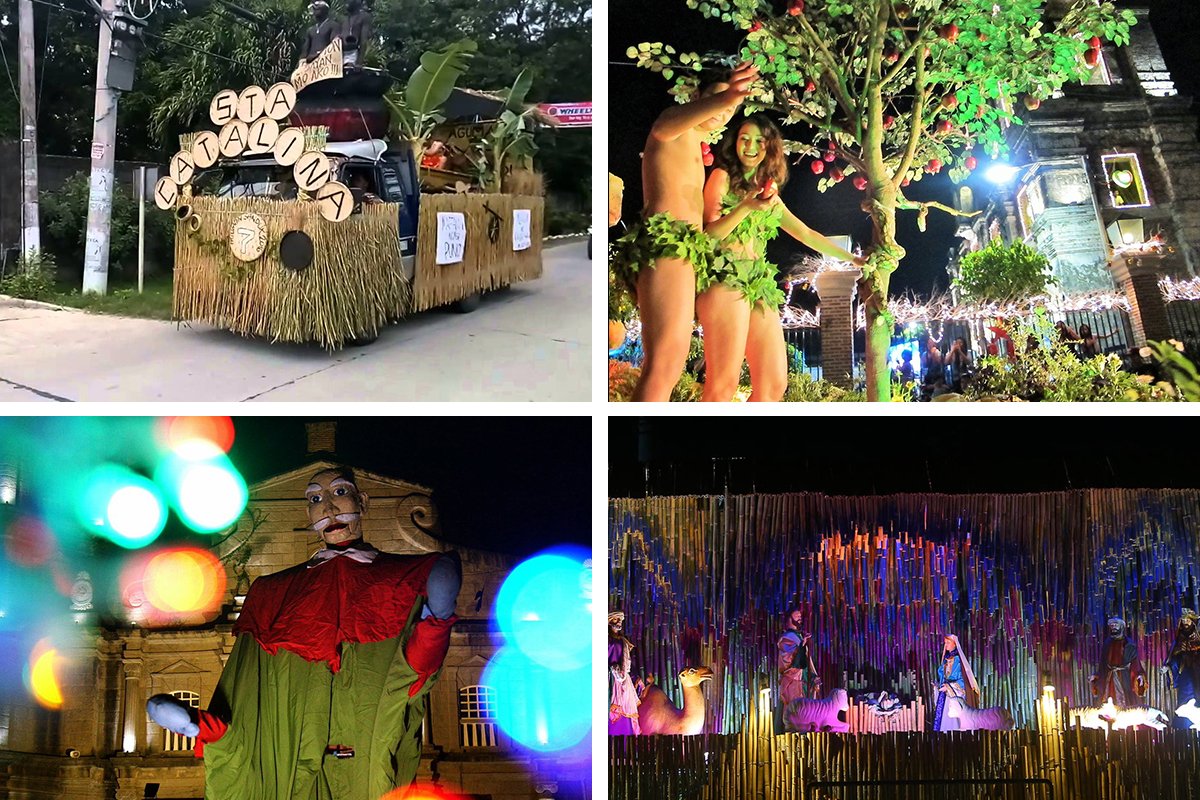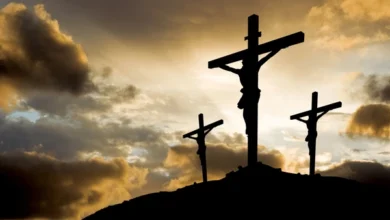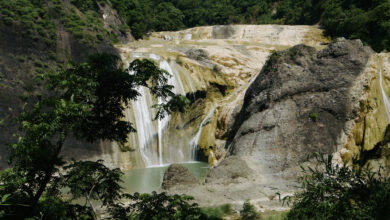
4 Unique Holiday Traditions Across the PH
Christmas season comes with various traditions shared by many people all over the world. Some have origins dating back hundreds of years ago, while others only started in these modern times.
But no matter how many new traditions we create over the years, we should always hold a special place for old traditions worth keeping — especially those that come from our own country.
Here are some of the most notable holiday traditions from different parts of the Philippines:
- Aguman Sanduk (Minalin, Pampanga)
The Aguman Sanduk Festival has been part of Minalin’s traditions for over eight decades. It doesn’t technically fall within the Christmas period, but on the afternoon of January 1 when most of the country is at rest after a festive welcome to the New Year.
During the festival, men participate by dressing up as women and dabbing rouge and lipstick on their faces. They then go around town dancing on intricately designed parade floats. According to locals, the tradition started when two men went on the streets wearing women’s clothes to cheer up their wives and other women at such a time when a terrible drought hit Minalin.
Hence, the name Aguman Sanduk means “fellowship of the ladle” with the ladle symbolizing bountiful food, the end of drought, and the welcoming of a new year full of blessings.
- Maytinis Festival (Kawit, Cavite)
Maytinis Festival is a celebration of Mary and Joseph’s arrival at the Sta. Maria Magdalena Church. Floats depicting various biblical scenes — such as those involving Adam and Eve, Moses, and Mary and Joseph, are typically paraded on the streets during this day.
Several versions of this festival exist across the country, but the most notable ones include Cavite’s and Pampanga’s versions. Since “maytinis” was derived from “matins” or evening prayers, Maytinis Festival is held on Christmas eve. Locals of Kawit usually perform a re-enactment of Mary and Joseph’s search in Bethlehem.
- Majigangga Festival (Sta. Ana, Pampanga)
The Majigangga Festival features a street pageant where giant human puppets are used to represent dark, evil-looking people. These characters typically interact with residents in the church patio from December 16 to December 25.
This tradition is known to be derived from Mexico’s “mojigangga,” which uses the puppets as representations of saints and royal figures instead.
- Belenismo (San Sebastian, Tarlac)
Tarlac’s Belenismo is relatively new, starting only in 2007 as a way for the province to promote its cottage industry of making life-size nativity scenes. Locals participate in the tradition by creating their own interpretations of the night of Jesus’ birth. From crafting with fresh flowers to utilizing modern elements, the different crèche displays in Tarlac are truly worth seeing.




